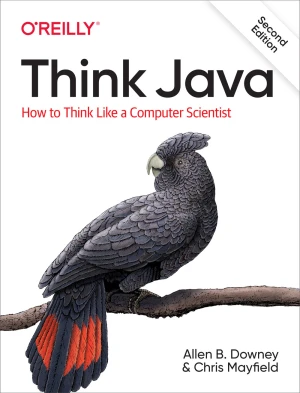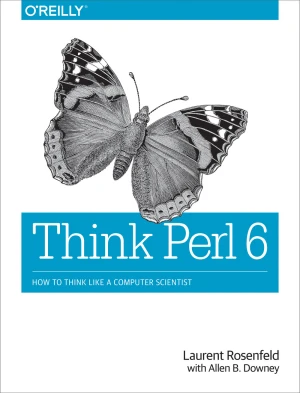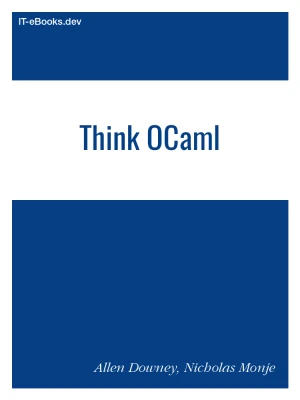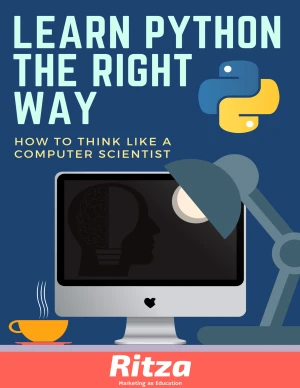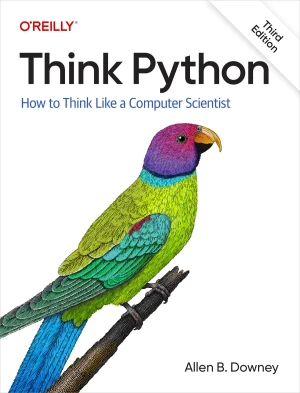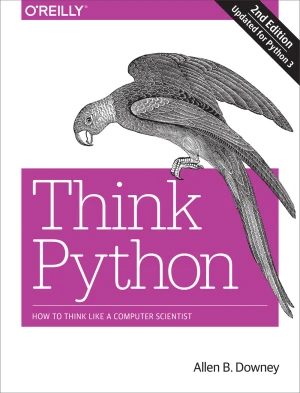How to Think Like a Computer Scientist
Learning with Python
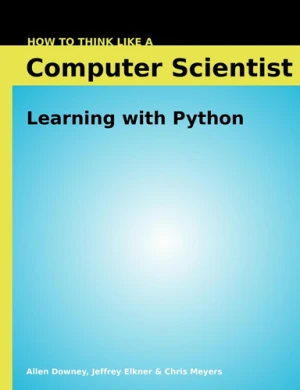
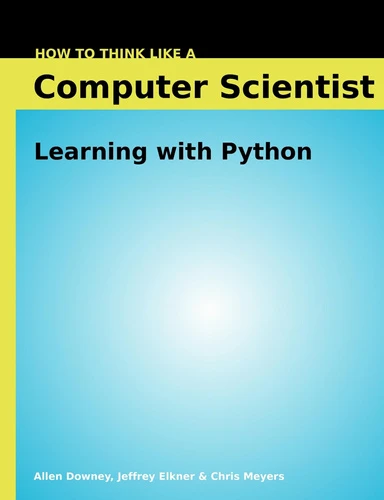
Book Details
| Authors | Allen Downey, Jeffrey Elkner, Chris Meyers |
| Publisher | Green Tea Press |
| Published | 2002 |
| Edition | 1st |
| Paperback | 280 pages |
| Language | English |
| ISBN-13 | 9780971677500 |
| ISBN-10 | 0971677506 |
| License | GNU Free Documentation License |
Book Description
How to Think Like a Computer Scientist: Learning with Python - is an introduction to computer science using the Python programming language. It covers the basics of computer programming, including variables and values, functions, conditionals and control flow, program development and debugging. Later chapters cover basic algorithms and data structures.
This book is available under the GNU Free Documentation License, which means that you are free to copy, redistribute, and modify it, as long as you preserve all original copyright notices, provide transparent access to the source, and release any modified versions under the same license.
If you enjoyed the book and would like to support the author, you can purchase a printed copy (hardcover or paperback) from official retailers.
Download and Read Links
Share this Book
[localhost]# find . -name "*Similar_Books*"
Think Java, 2nd Edition
Currently used at many colleges, universities, and high schools, this hands-on introduction to computer science is ideal for people with little or no programming experience. The goal of this concise book is not just to teach you Java, but to help you think like a computer scientist. You'll learn how to program - a useful skill by itself - but you'l
Think Raku (Think Perl 6), 2nd Edition
The title of this book was originally Think Perl 6, but since Perl 6 has been renamed Raku, we have also changed the title of the book. Want to learn how to program and think like a computer scientist? This practical guide gets you started on your programming journey with the help of Raku (Perl 6), the younger sister of the popular Perl programming
Think OCaml
How to Think Like a Computer Scientist is an introductory programming book based on the OCaml language. It is a modified version of Think Python by Allen Downey. It is intended for newcomers to programming and also those who know some programming but want to learn programming in the function-oriented paradigm, or those who simply want to learn OCam
Learn Python the right way
Python is a fun and extremely easy-to-use programming language that has steadily gained in popularity over the last few years. Developed over ten years ago by Guido van Rossum, Python's simple syntax and overall feel is largely derived from ABC, a teaching language that was developed in the 1980's. However, Python was also created to solve real pro
Think Python, 3rd Edition
Think Python is an introduction to Python programming for beginners. It starts with basic concepts of programming; it is carefully designed to define all terms when they are first used and to develop each new concept in a logical progression. Larger pieces, like recursion and object-oriented programming, are divided into a sequence of smaller steps
Think Python, 2nd Edition
If you want to learn how to program, working with Python is an excellent way to start. This hands-on guide takes you through the language a step at a time, beginning with basic programming concepts before moving on to functions, recursion, data structures, and object-oriented design. This second edition and its supporting code have been updated for

